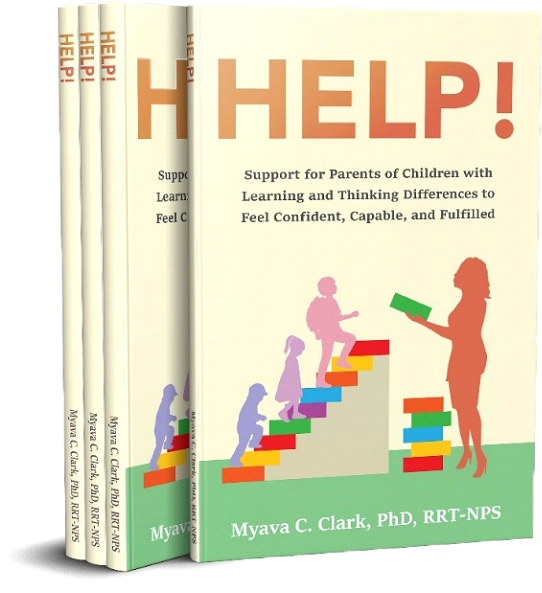Click here to play the Audio.
Types of Bullying

Verbal bullying is saying or writing mean things.
Verbal bullying includes:
- Teasing
- Name-calling
- Inappropriate sexual comments
- Taunting
- Threatening to cause harm

Social bullying, sometimes referred to as relational bullying, involves hurting someone’s reputation or relationships.
Social bullying includes:
- Leaving someone out on purpose
- Telling other children not to be friends with someone
- Spreading rumors about someone
- Embarrassing someone in public

Physical bullying involves hurting a person’s body or possessions.
Physical bullying includes:
- Hitting/kicking/pinching
- Spitting
- Tripping/pushing
- Taking or breaking someone’s things
- Making mean or rude hand gestures

According to stopbullying.gov,
Cyberbullying is a form of bullying that occurs through digital devices, such as smartphones, computers, and tablets. It can take place via text messages, direct messaging, apps, social media platforms, online forums, or multiplayer gaming environments, where people can view, share, or engage with content online.
Cyberbullying involves sending, posting, or sharing harmful, false, or mean-spirited content intended to hurt or humiliate someone. This behavior can significantly impact a child’s emotional and mental well-being and may have long-lasting consequences.
At CASEN, children learn that every action they take online creates a digital footprint, a permanent record of their behavior that can be seen by college admissions officers, future employers, and others. CASEN emphasizes that what gets posted on the internet doesn’t go away, even if it’s deleted.
Some forms of cyberbullying may even cross into unlawful or criminal behavior, depending on state laws. CASEN educates children with basic information on the legal implications of their online actions, including how forwarding inappropriate content, even if they weren’t the original sender, can result in serious consequences.
CASEN empowers children to think critically before they post, understand their digital responsibilities, and build a safe, respectful presence online.

Resources
There are two sources of federally collected data on youth bullying:
- The 2017 School Crime Supplement to the National Crime Victimization Survey (National Center for Education Statistics and Bureau of Justice) indicates that, nationwide, about 20% of students ages 12-18 experienced bullying.
- The 2019 Youth Risk Behavior Surveillance System (Centers for Disease Control and Prevention) indicates that, nationwide, 19.5% of students in grades 9–12 report being bullied on school property in the 12 months preceding the survey.
Reference
- Stopbullying.gov is a federal government website managed by the U.S. Department of Health and Human Services.






